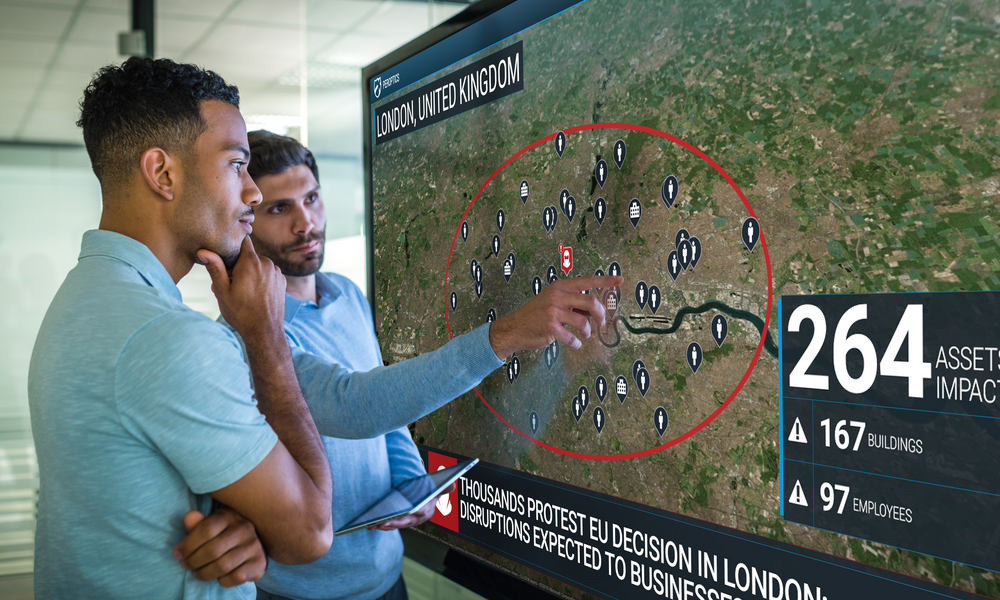Balancing healthcare resilience with the patient experience

For healthcare organizations, building future resilience is made possible by adapting and responding to critical events, and factoring in their unique circumstances; these could be considerations, such as the patient population, size of the hospital and/or community, and scope of services.
Given the many insights learned from the COVID-19 pandemic, these organizations are taking a fresh look at how to build resilient healthcare infrastructures that incorporate both brick-and-mortar facilities and virtual capabilities. That means evaluating technologies for IT security, physical safety, clinical communications, remote collaboration, and more.
Eric Chetwynd, the General Manager of Healthcare Solutions at Everbridge, has noted that “[a]s we think about resilient health systems, we must look beyond the four walls of the hospital and consider what the model looks like for distributed teams. It’s critical to select technologies that will scale with you and be reliable across the entire catchment area where your clinical teams are operating.”
A resiliency approach
Healthcare resiliency is the solution needed to solve these complex concerns. In the Becker’s Hospital Review article Why technology is a resilience enabler for today’s distributed healthcare models, it’s highlighted that the hospital landscape continues to change as we move toward a new normal, with new applications for technology being top of mind for industry professionals as they continue to create safer hospital environments and a more innovative patient experience. For example, many facilities have been reconfigured with entrance closures, screening checkpoints, and visitor restrictions replacing the more traditional open-campus model.
This is an opportunity to create a better understanding of who is on-premise to protect patients, guests, and employees during an emergency situation, and can also be applied to create a more contactless, personalized experience.
New key priorities
Creating visibility system-wide has become a top priority for many healthcare systems as they strive to create a hospital ecosystem that is not only safer but operates more efficiently and engages with patients and staff whether remote or on campus.
During critical events, risk intelligence, surveillance, real-time location, and AI capabilities are shaping a more coordinated response system-wide. At the same time, technologies that are being leveraged to create safer environments are also being used to engage with patients and staff to instill confidence that hospitals are safe places to seek care and create a better patient experience.
Proving healthcare resilience
Knowing the importance of healthcare resilience and its impact on the patient experience is critical for future impacting success. But how does an organization prove they are putting resilience first once these considerations do become routine practices?
The Everbridge Critical Event Management (CEM) Certification provides the industry’s first standardized way to measure and foster enterprise resiliency for future business continuity. The certification program provides a unique standards framework for assessing an organization’s overall enterprise resilience, leveraging 20 years of professional services engagements across tens of thousands of projects in over 150 countries and facilitating tens of billions of critical interactions.
The Best in Enterprise Resilience™ certification sets healthcare organizations apart as a market leader that prioritizes keeping people safe and operational uptime. It provides healthcare employees, patients, their guests and other stakeholders with the confidence their company is at the forefront of digital transformation and operates from a position of enterprise-wide resilience.
To learn more read our new whitepapers, Building a Resilient Hospital for the New Normal or How Technology is Redefining the Patient-Provider Journey.


